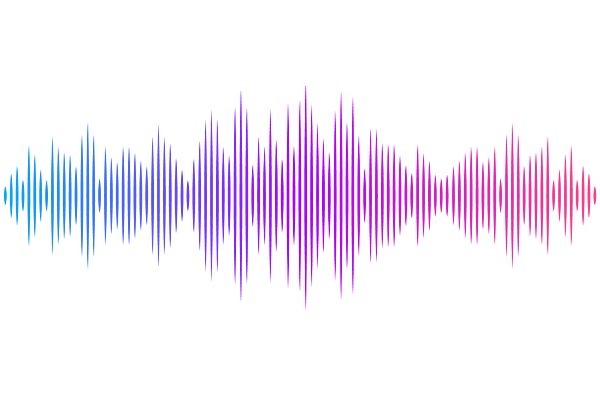Constraint on Symmetric Teleparallel Gravity with Different Dark energy Parametrizations from DESI DR2 BAO Data

Constraint on Symmetric Teleparallel Gravity with Different Dark energy Parametrizations from DESI DR2 BAO Data
Rajdeep Mazumdar, Mrinnoy M. Gohain, Kalyan Bhuyan
AbstractWe investigate the cosmological viability of symmetric teleparallel gravity, specifically the $f(Q)$ gravity model with a power-law form $f(Q) = \alpha Q^n$, in combination with two widely used dark energy parameterizations: Chevallier Polarski Linder (CPL) and Barboza Alcaniz (BA). Employing the most recent DESI DR2 Baryon Acoustic Oscillation (BAO) dataset along with previous BAO measurements, we constrain the model parameters through a robust Markov Chain Monte Carlo (MCMC) analysis. We examine the background evolution via key cosmological indicators including the Hubble parameter $H(z)$, deceleration parameter $q(z)$, the effective equation of state $\omega_{\rm eff}(z)$, and the Om diagnostic. Our results indicate that the inclusion of DESI DR2 data significantly tightens constraints on the model parameters and supports a consistent transition from decelerated to accelerated expansion. The present-day values of $q(0)$ and $\omega_{\rm eff}(0)$ lie within the quintessence regime for all datasets. However, for lower redshift values the behaviour varies between phantom-like and quintessence-like phases. Statistical comparison via $\chi^2$, AIC, BIC, and $R^2$ further demonstrate that both CPL + $f(Q)$ and BA + $f(Q)$ provide better or competitive fits to data compared to $\Lambda$CDM, hence offering a compelling geometric alternative for explaining late-time cosmic acceleration.